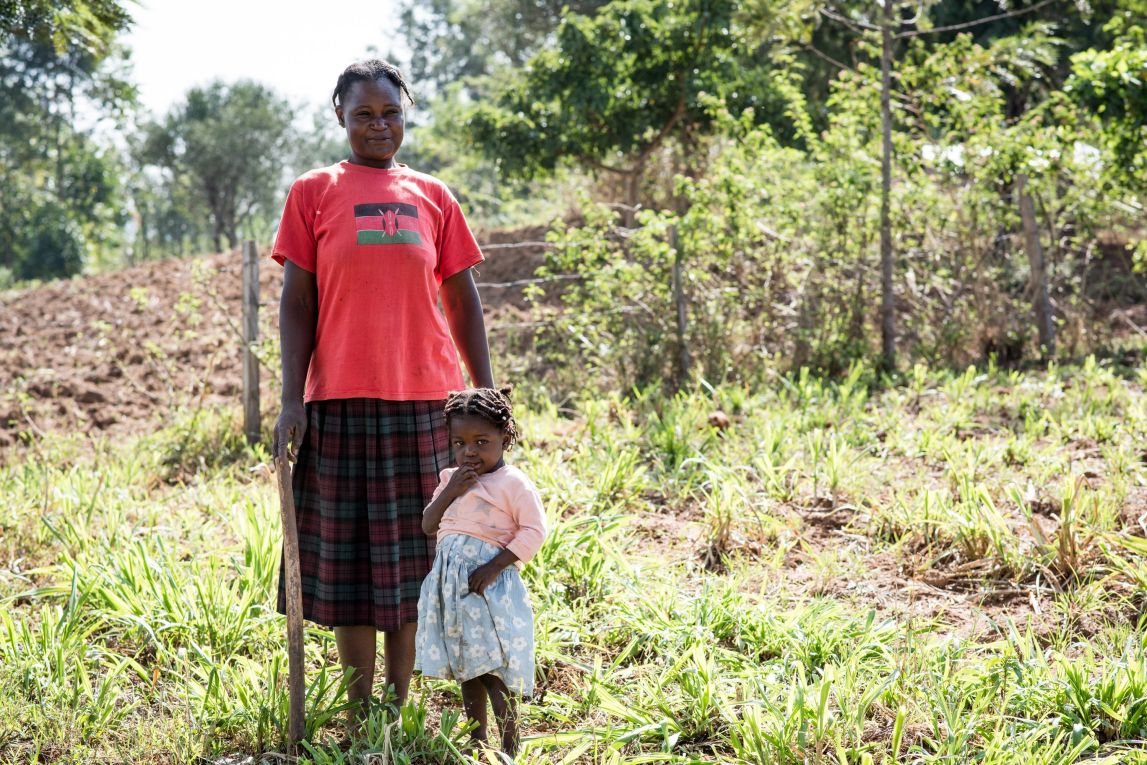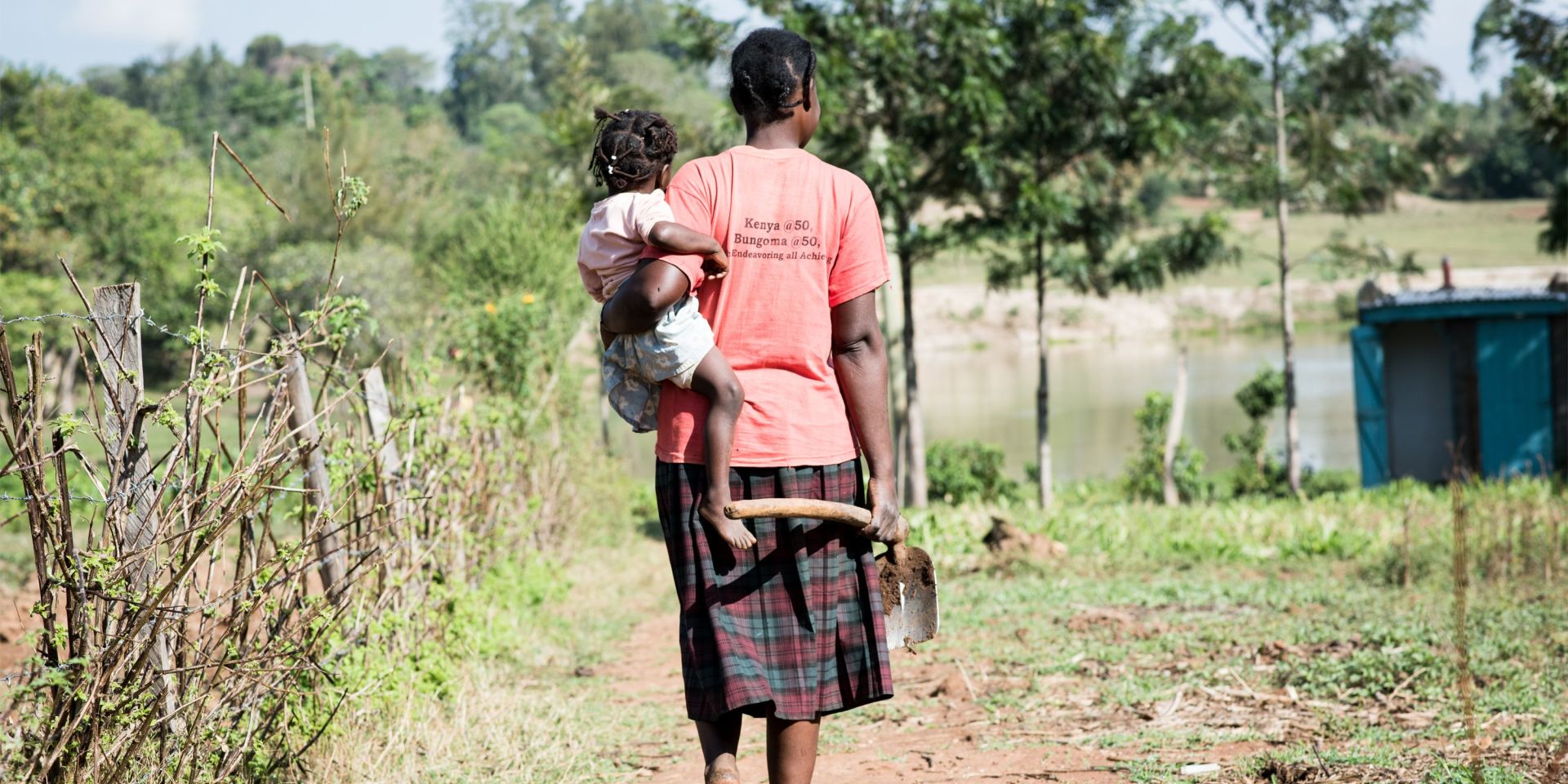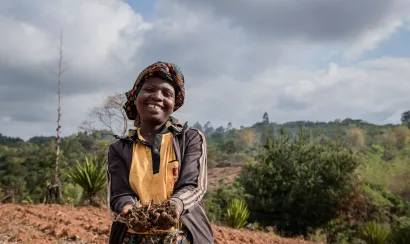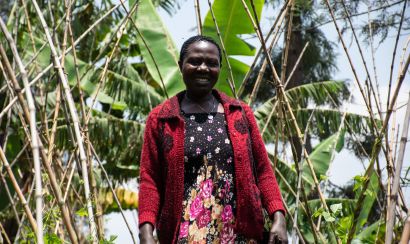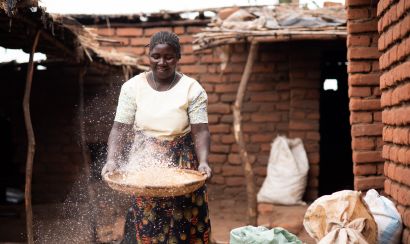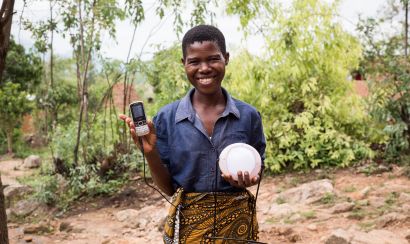How One Kenyan Farmer Beat 2017's Drought
Meet Winrose Wachiye
Winrose, a 43-year-old smallholder farmer from Kapchai Muyayi village in Western Kenya, grows six different kinds of crops on her two acres of land, including maize, beans, and millet. She learned about the importance of crop diversity from One Acre Fund. Last season, she also attended training sessions about how to improve her soil’s fertility by using compost and an intercropping planting method, in which maize and beans are sown in alternating rows in the same field.
Both her maize and bean crops were growing strongly until late in the season, when a heat wave during the maize plants’ vulnerable pollination period compounded the effects of drought. Most of her maize withered, but the beans kept on growing. She ended up having the biggest bean harvest she’d ever seen.
“I never harvested so many beans as I did in 2017,” Winrose said. “If the rains had been normal, I would have gotten even more.”
Winrose expects that her family will have enough food to eat this year, in spite of her maize losses, because she didn’t rely on a single crop. Many farmers across Eastern and Southern Africa weren’t as lucky. 2017's drought has led to short supplies of food and increasing prices in a number of countries, according to the United Nations, worsening the effects of the annual hunger season, a time when many families run out of food from the past year, but new crops aren’t yet ready to harvest.
Extreme weather does not discriminate – both farmers enrolled with One Acre Fund and those who aren’t were affected by the that year's drought. However, One Acre Fund farmers in many cases were able to outperform their neighbors because they used better inputs and more efficient farming practices.
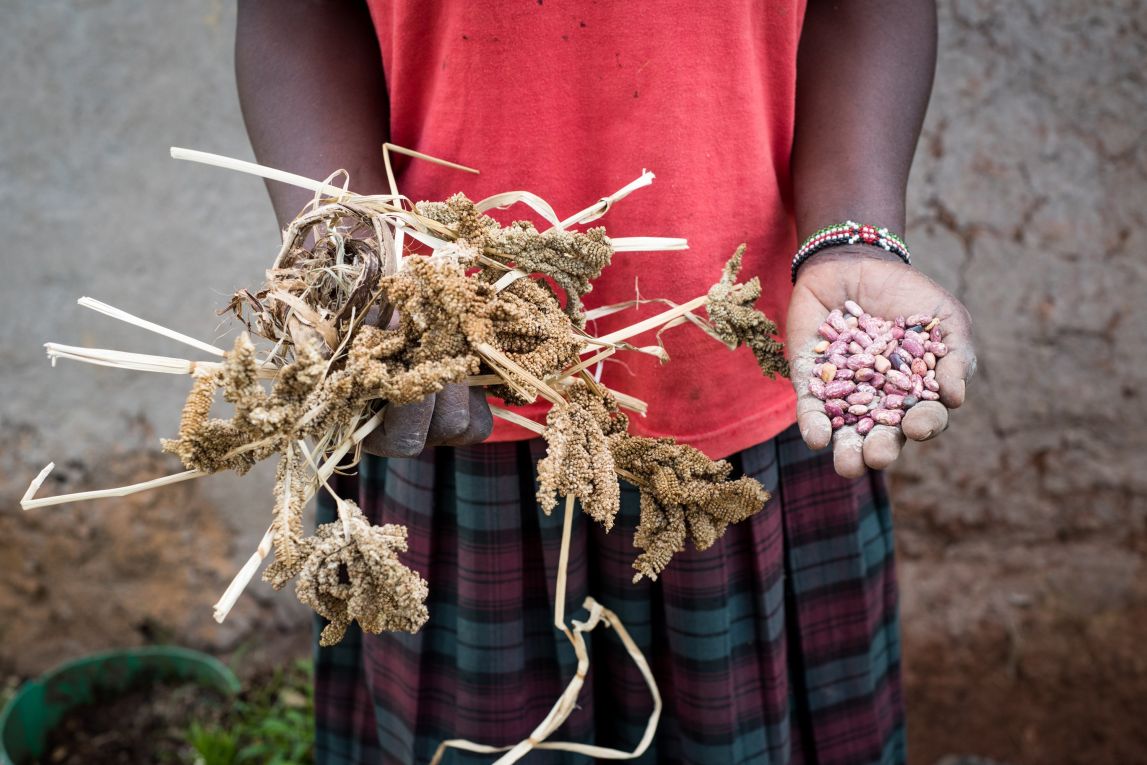
In addition to her beans, Winrose also harvested a big crop of millet, a grain that’s more drought-resistant than other crops. She first received millet from One Acre Fund in 2013, when the organization offered it during a maize disease outbreak, and she’s planted it annually ever since.
Without income from selling maize, Winrose expects that finances will be a little tighter around her house this year. But the family should still be able to afford school fees for their five children, including two who are in a more expensive private school, she said. Winrose is also convinced that the return of rains will bring a better harvest this season.
“Just because we had drought that year doesn’t mean it will be the same again the next year,” she said. “That year was a challenge, but every year is different.”
